During my last visit to Alcatraz, I meandered the prison, did the audio tour, wandered the nature trail and looked at the birds. It took a few hours and I thought I had explored the whole island. Boy was I ever wrong. I managed to only scratch the surface… literally because under the prison is a fort… and somehow I missed it.
For much of San Francisco’s Ingenious American and Spanish history, Alcatraz sat empty. It was an island for the birds and the Ingenious thought it was cursed. The hunk of rock was granted to Julian Workman in 1846 by the Mexican Governor Pio Pico and in that same year, General John Frémont bought the island from Workman for $5000 and put a lighthouse on it.
It was only when gold was discovered in California (1848), and San Francisco was transformed into a bustling metropolis, that people looked towards the island and considered making it into part of a “Triangle” of protection for the Bay. Because of this, the U.S. Government sued Fremont for possession and took control of the island in 1848. But they waited a full decade to do something with their prize.
In the days leading up to the American Civil War (1859), a citadel, steep walls, gun batteries, and an armoury were built to fortify the island before the start of the American Civil War; most of the dirt used in the construction was brought over from Angel Island.
But alas, Los Alcatraces saw no action from invaders and while elsewhere in the county a bloody battle waged on, not a shot was fired from Alcatraz.
It did, however, see plenty of war prisoners starting in 1861; and, long before Al Capone, Alvin Karpis, and Robert Stroud walked the cell lined alleys, others were held on the island: members of the Modoc tribe, Paiute Tom (shot and killed on the island), Geronimo (some sources say Geronimo but others say it was his friend Kaetena), and Confederate prisoners from the J.M. Chapman who plotted to overtake San Francisco Bay, raid gold steamers, and bring money back to support the Confederacy.
There’s even more to the fort these days. In February 2014, a team of researchers from Texas A&M University discovered a labyrinth of underground tunnels under what was once the prison recreational yard. All were thought to be destroyed before the island became a prison, but in fact, they still exist. It’s also thought that the cement used in these tunnels was brought over in barrels from Europe. If true, this would be the oldest concrete in America.
Quelle Surprise!
This has the makings of another escape from Alcatraz movie with some sort of plot twist!
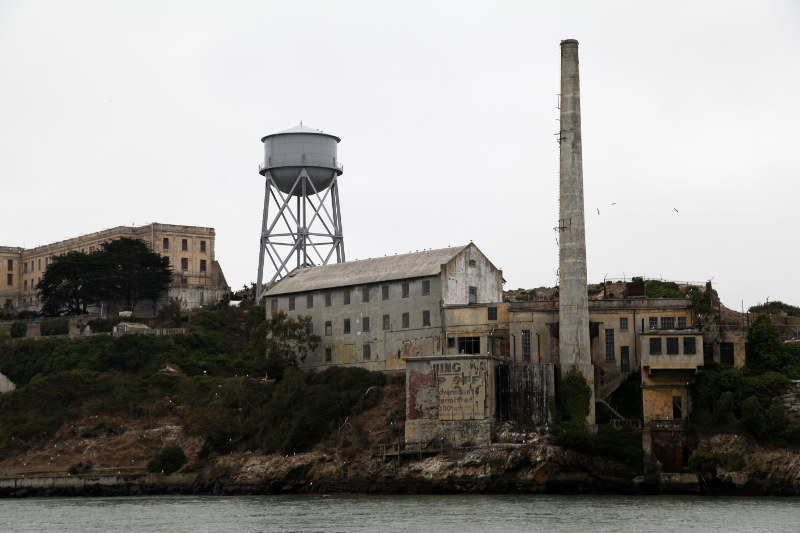
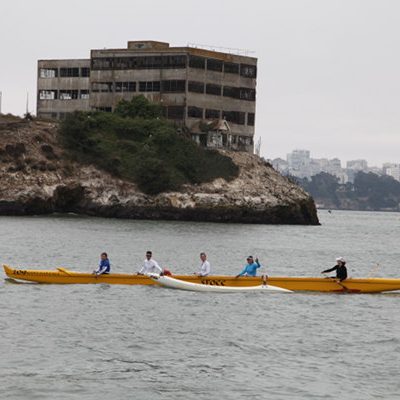
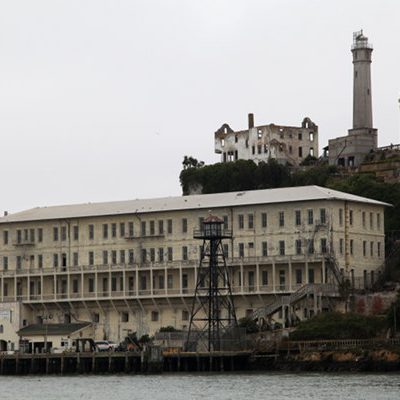
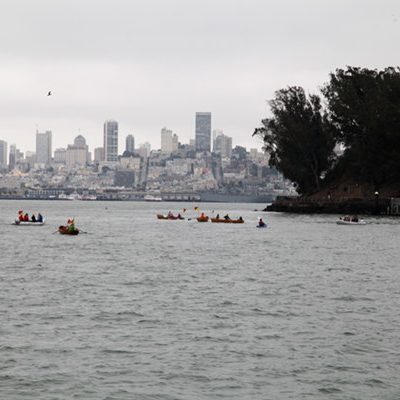
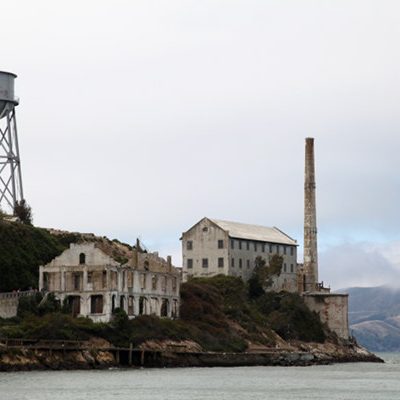
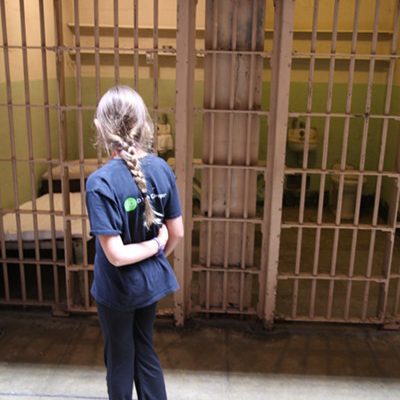
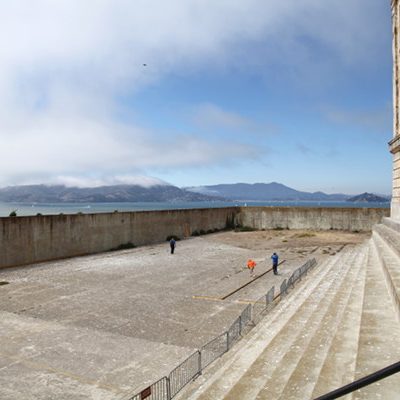
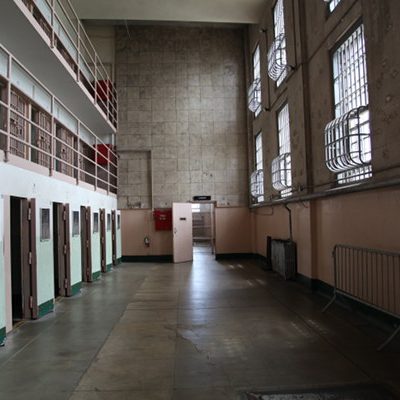
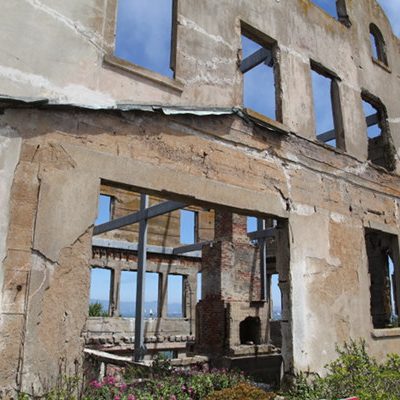
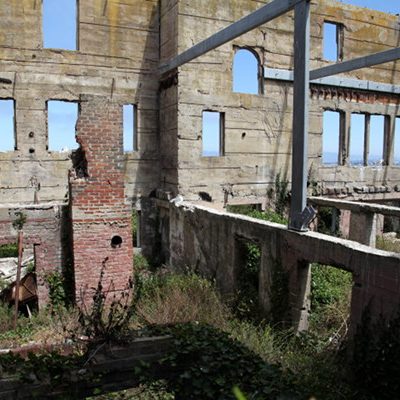
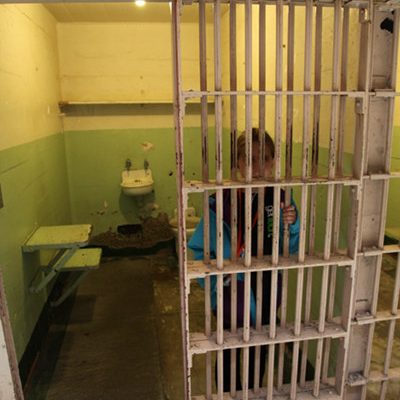
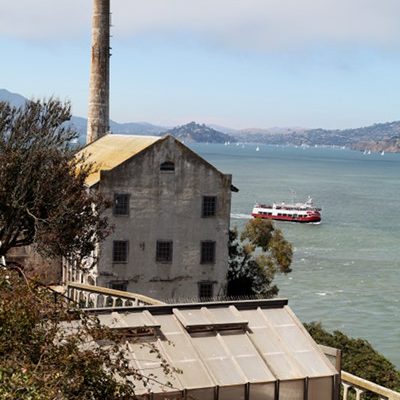
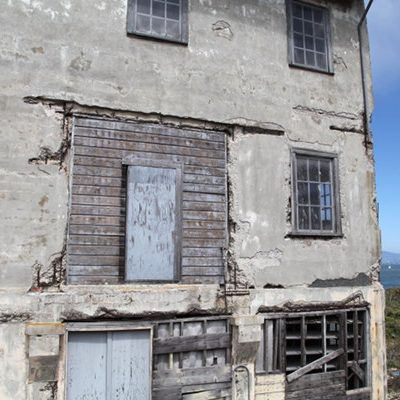
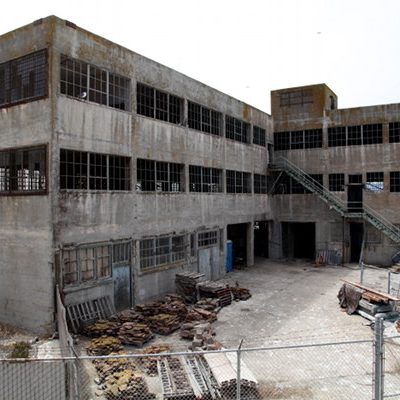
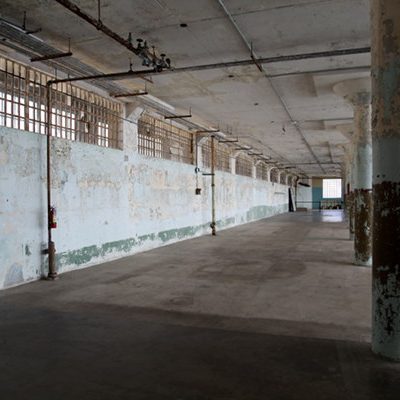
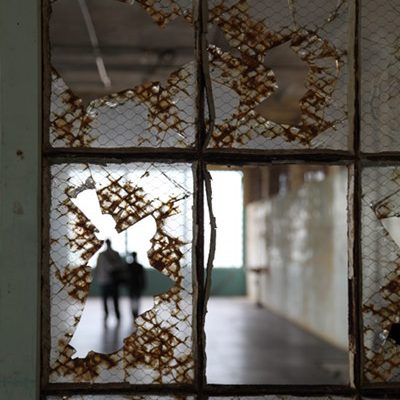
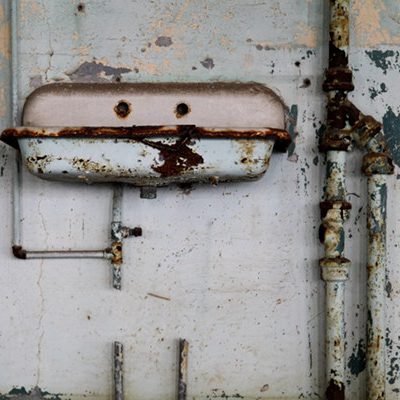
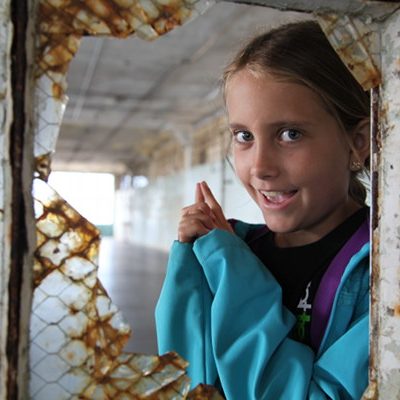

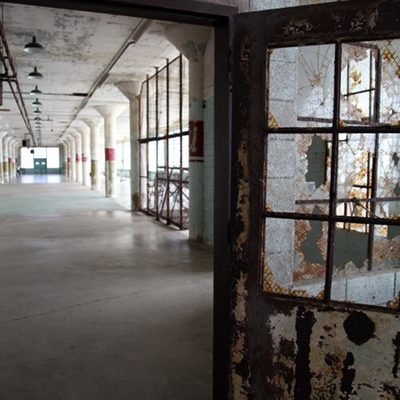
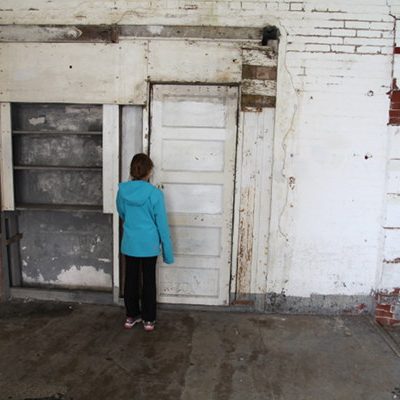
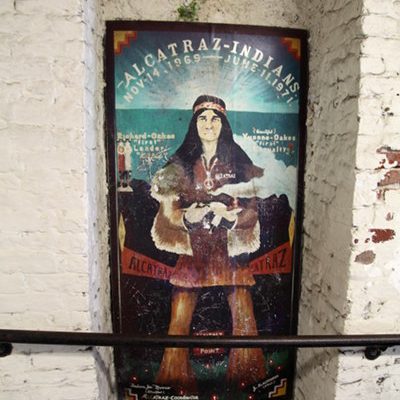
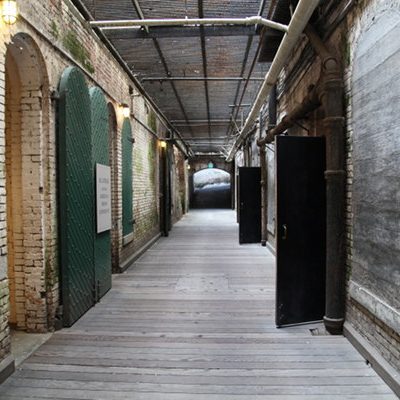
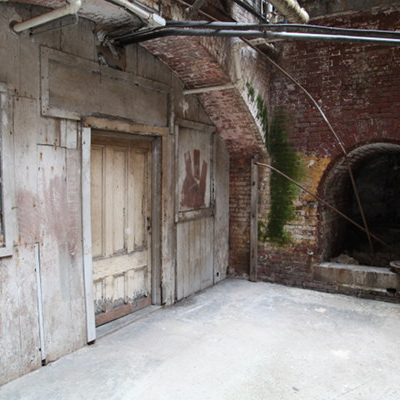
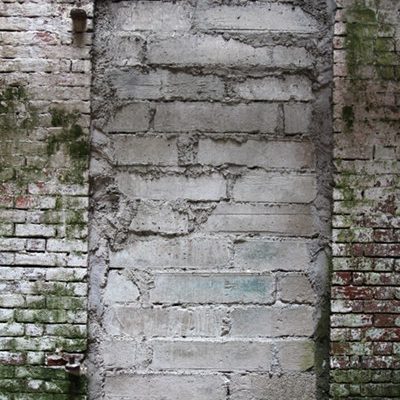
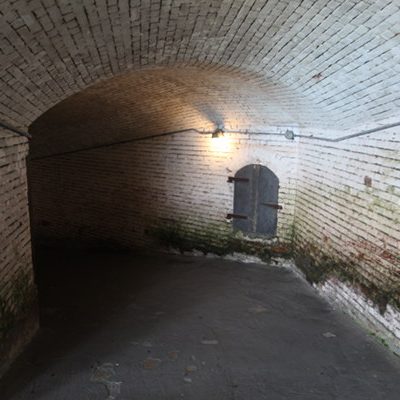
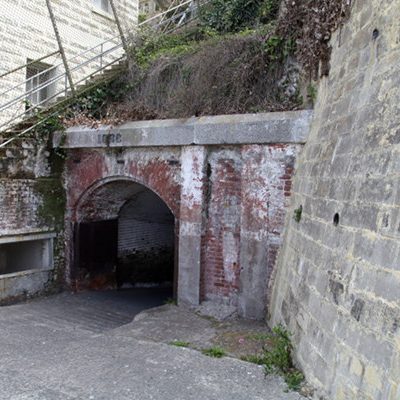
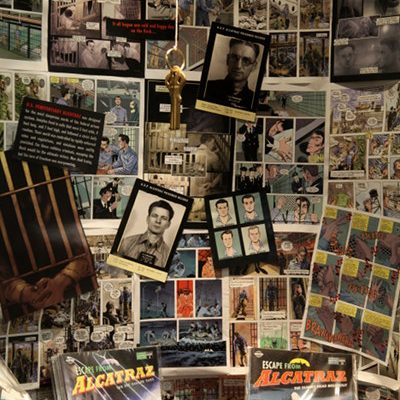
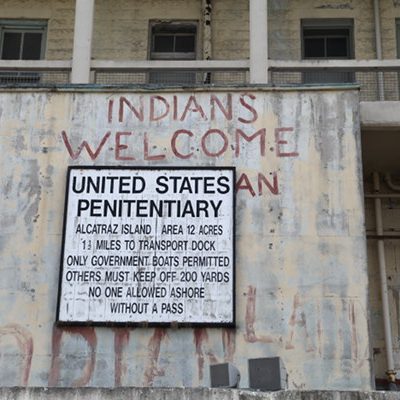
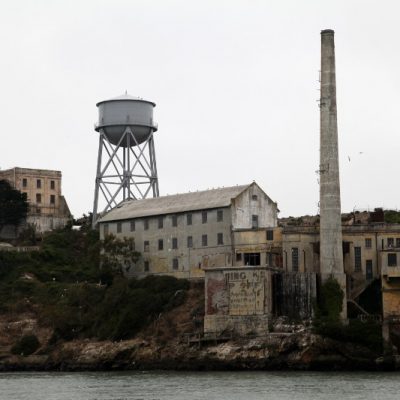
0 comments on “Return to Alcatraz”Add yours →